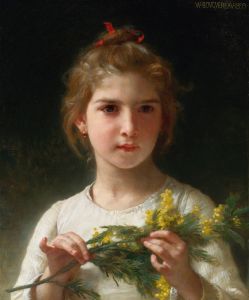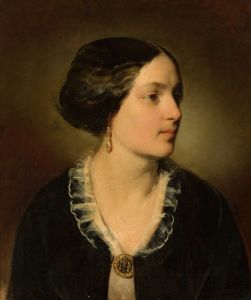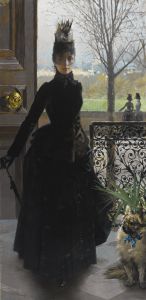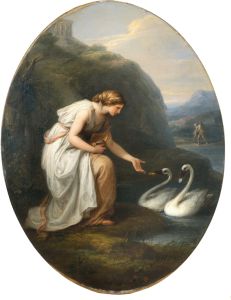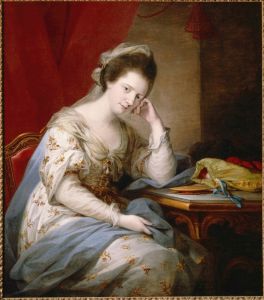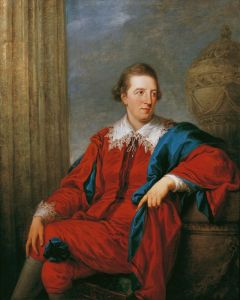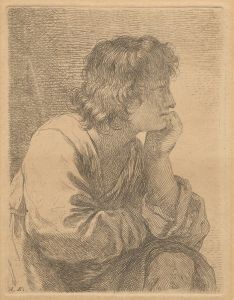
Marie Therese Gräfin Meerfeld, geb. Gräfin Dietrichstein
A hand-painted replica of Angelica Kauffmann’s masterpiece Marie Therese Gräfin Meerfeld, geb. Gräfin Dietrichstein, meticulously crafted by professional artists to capture the true essence of the original. Each piece is created with museum-quality canvas and rare mineral pigments, carefully painted by experienced artists with delicate brushstrokes and rich, layered colors to perfectly recreate the texture of the original artwork. Unlike machine-printed reproductions, this hand-painted version brings the painting to life, infused with the artist’s emotions and skill in every stroke. Whether for personal collection or home decoration, it instantly elevates the artistic atmosphere of any space.
Angelica Kauffman, a prominent Swiss-born Neoclassical painter, created the portrait Marie Therese Gräfin Meerfeld, geb. Gräfin Dietrichstein. This work is a testament to Kauffman’s skill in capturing the elegance and refinement of her sitters, particularly women of the European aristocracy. The painting depicts Marie Therese, Countess of Meerfeld (née Countess Dietrichstein), a member of the noble Dietrichstein family, which was one of the most influential aristocratic families in the Habsburg Monarchy.
The portrait is executed in Kauffman’s signature style, characterized by soft, harmonious colors and a focus on the grace and dignity of the subject. Marie Therese is portrayed in a serene and composed manner, reflecting the ideals of femininity and virtue that were highly valued during the late 18th century. Her attire and pose suggest her high social status, while the delicate rendering of her features demonstrates Kauffman’s mastery in portraiture.
Angelica Kauffman was one of the most successful female artists of her time, gaining recognition across Europe for her portraits, history paintings, and allegorical works. She was a founding member of the Royal Academy of Arts in London and enjoyed patronage from many prominent figures of the period. Her ability to blend Neoclassical ideals with a personal sensitivity to her subjects made her a sought-after portraitist among the European elite.
The exact date of the painting is not specified, but it likely falls within the late 18th century, during the height of Kauffman’s career. The work exemplifies the Neoclassical aesthetic, which sought to revive the art and ideals of classical antiquity, emphasizing clarity, order, and restrained emotion.
The painting is part of a broader tradition of aristocratic portraiture that served not only as a personal memento but also as a statement of social status and cultural refinement. While specific details about the life of Marie Therese Gräfin Meerfeld are limited, her inclusion in Kauffman’s body of work underscores her prominence within the aristocratic circles of her time.
The current location of the painting is not widely documented, and further research may be required to trace its provenance and exhibition history. However, it remains an important example of Angelica Kauffman’s contribution to the art of portraiture and her ability to immortalize the figures of her era with elegance and sensitivity.





